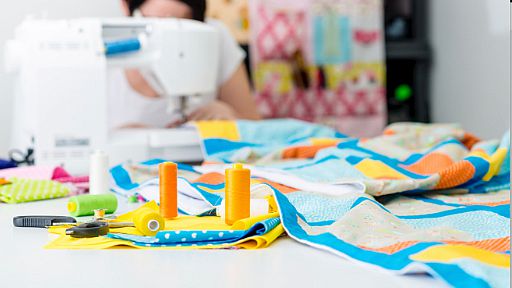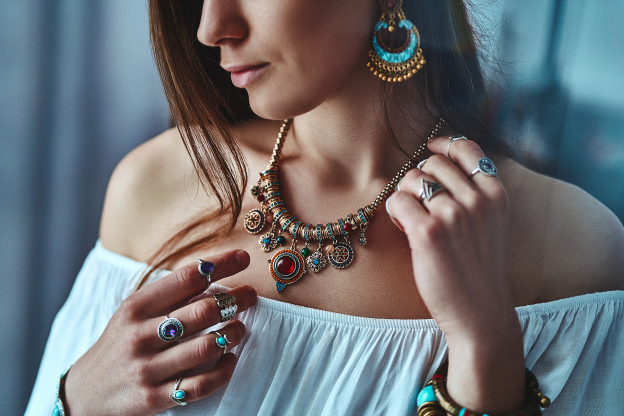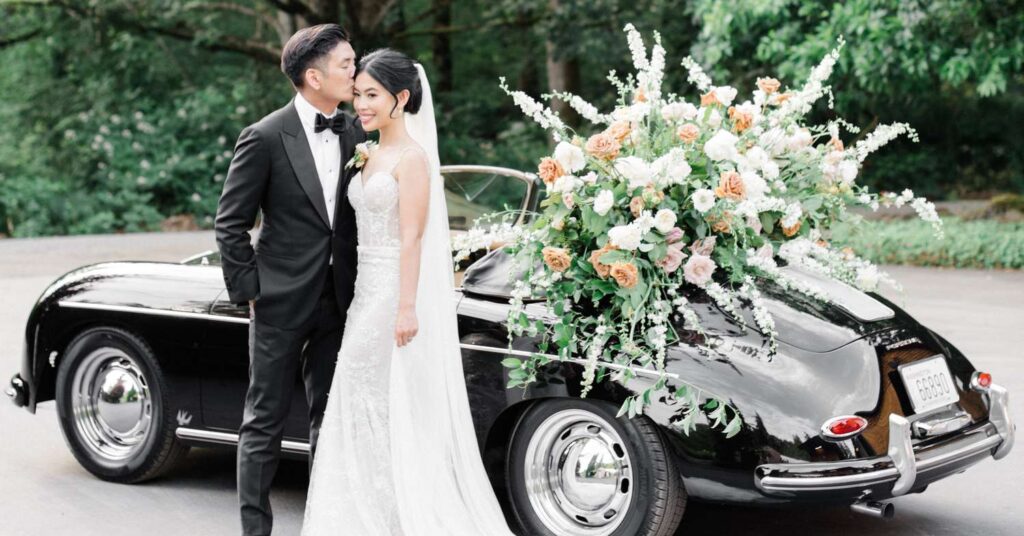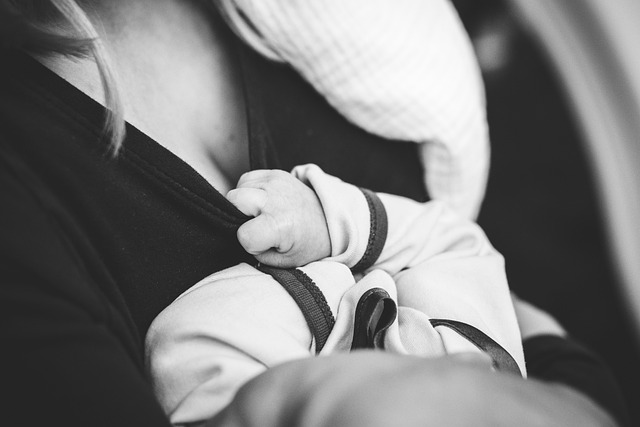There are many options for finding a gift for the music lover in your life. Whether they’re passionate about strumming guitars, tinkering with keyboards, or simply soaking in the euphony of their favorite tunes, a wide array of gifts can strike the right chord with their hearts. Here are some harmonious gift ideas bound to resonate deeply with the music aficionado in your life.
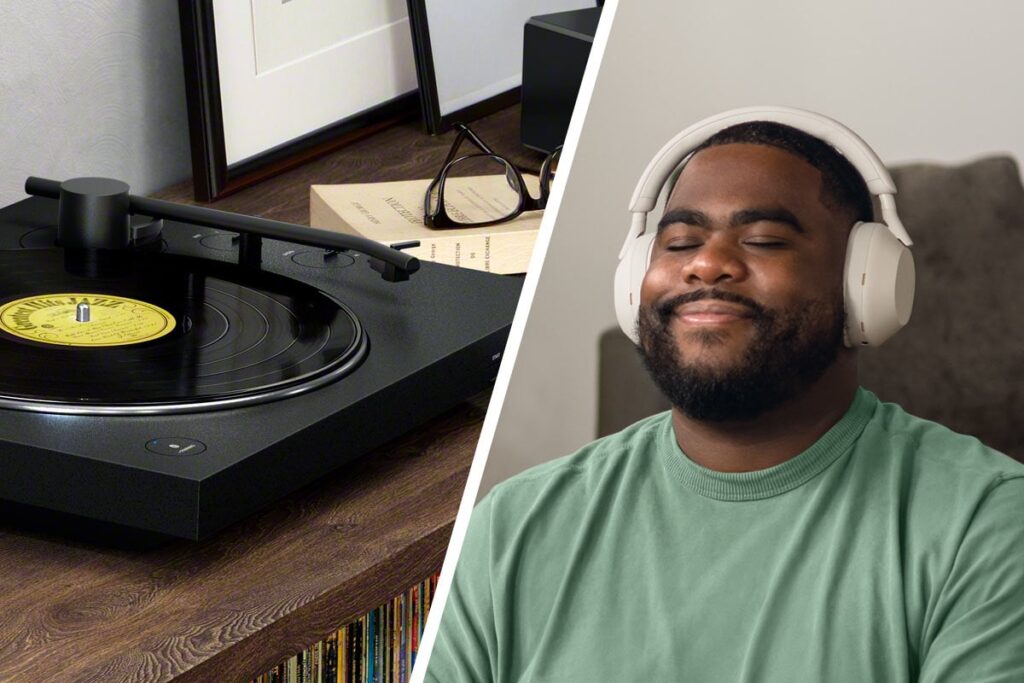
High-Quality Headphones
Every music enthusiast deserves to experience their favorite tunes in the highest fidelity possible. Invest in a pair of top-of-the-line headphones that deliver crystal-clear sound and immersive listening experiences. Brands like Sony, Bose, and Sennheiser offer a range of choices to suit different preferences and budgets, from noise-canceling models perfect for long flights to studio-quality headphones for the discerning audiophile.
Vinyl Records
There’s something undeniably nostalgic and authentic about vinyl records. For the music lover who appreciates analog recordings’ warm, rich sound, consider gifting them a selection of vinyl albums from their favorite artists or genres. Whether it’s classic rock, jazz, or indie folk, a vinyl collection adds a touch of vintage charm to any music aficionado’s listening space.
Musical Instruments
A new instrument can ignite fresh creativity and passion for the aspiring musician or seasoned player. The possibilities are endless, whether it’s a sleek electric guitar, a versatile keyboard, or a handcrafted acoustic ukulele. Consider the recipient’s musical interests and skill level when choosing the perfect instrument to inspire their musical journey.
Concert Tickets
Few experiences compare to the thrill of seeing a favorite artist perform live on stage. Surprise the music lover in your life with tickets to a concert or music festival featuring their beloved bands or musicians. Whether it’s a stadium rock show, an intimate acoustic set, or a weekend-long music extravaganza, concert tickets promise unforgettable memories and cherished moments.
Music Lessons
Learning to play a musical instrument is a rewarding journey that enriches the mind, body, and soul. Give the gift of music lessons tailored to the recipient’s interests and skill level. Whether it’s guitar lessons, piano lessons, or vocal coaching, investing in professional instruction can help them hone their craft and unleash their inner virtuoso.
Personalized Song Lyric Art
Turn cherished song lyrics into a meaningful work of art with personalized lyric prints or custom-made artwork. Capture the essence of a favorite song or meaningful lyrics in a beautifully designed poster, canvas print, or framed artwork. It’s a thoughtful and sentimental gift that celebrates the power of music to touch hearts and inspire emotions.
Music-themed Merchandise
From T-shirts and hoodies to coffee mugs and tote bags, there’s no shortage of music-themed merchandise available for every taste and style. Whether it’s a vintage band shirt like these AC DC t-shirts from backstageoriginals.com, a quirky musical pun mug, or a sleek minimalist poster, music-themed gifts allow the recipient to wear their passion proudly and infuse their daily life with a dash of musical flair.
Subscription Services
Give the gift of unlimited music with a subscription to a streaming service like Spotify, Apple Music, or TIDAL. With access to millions of songs at their fingertips, the music lover in your life can explore new artists, discover hidden gems, and create personalized playlists for every mood and occasion.
To read more on topics like this, check out the Lifestyle category



